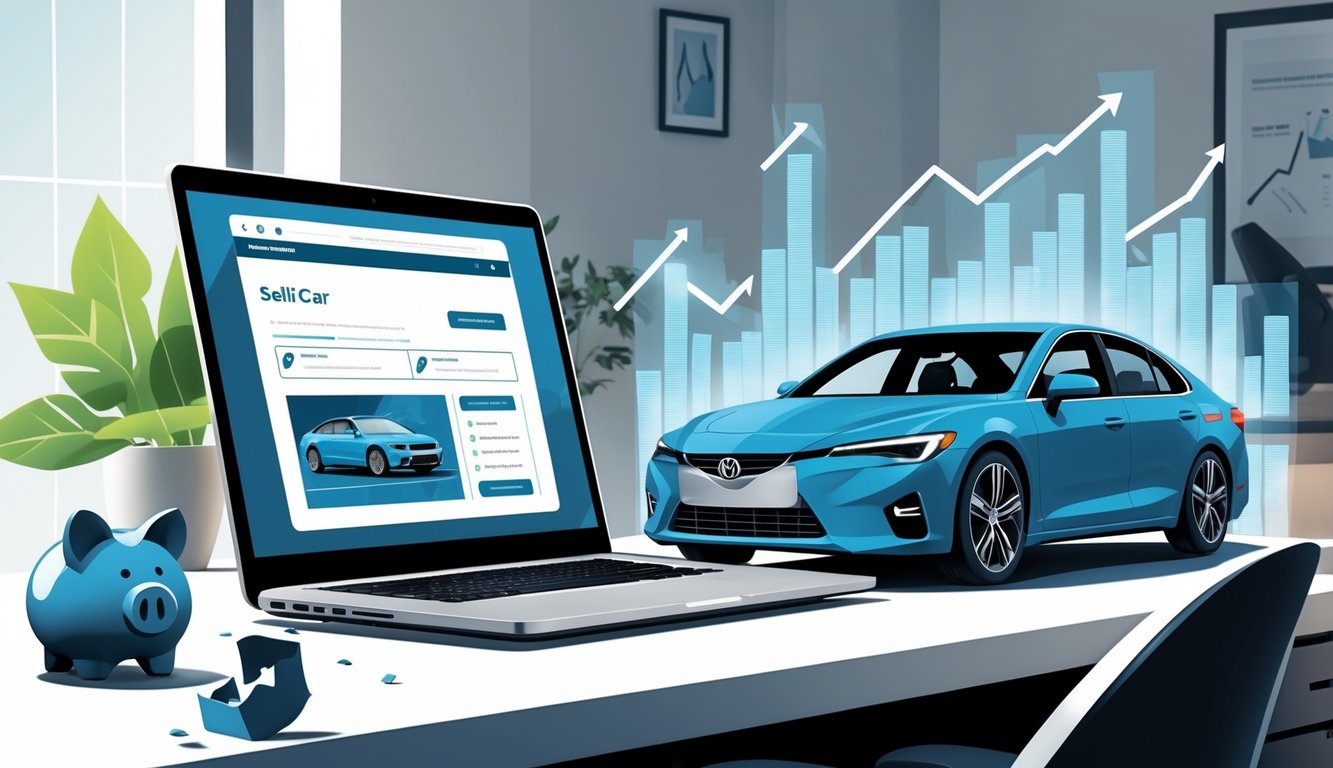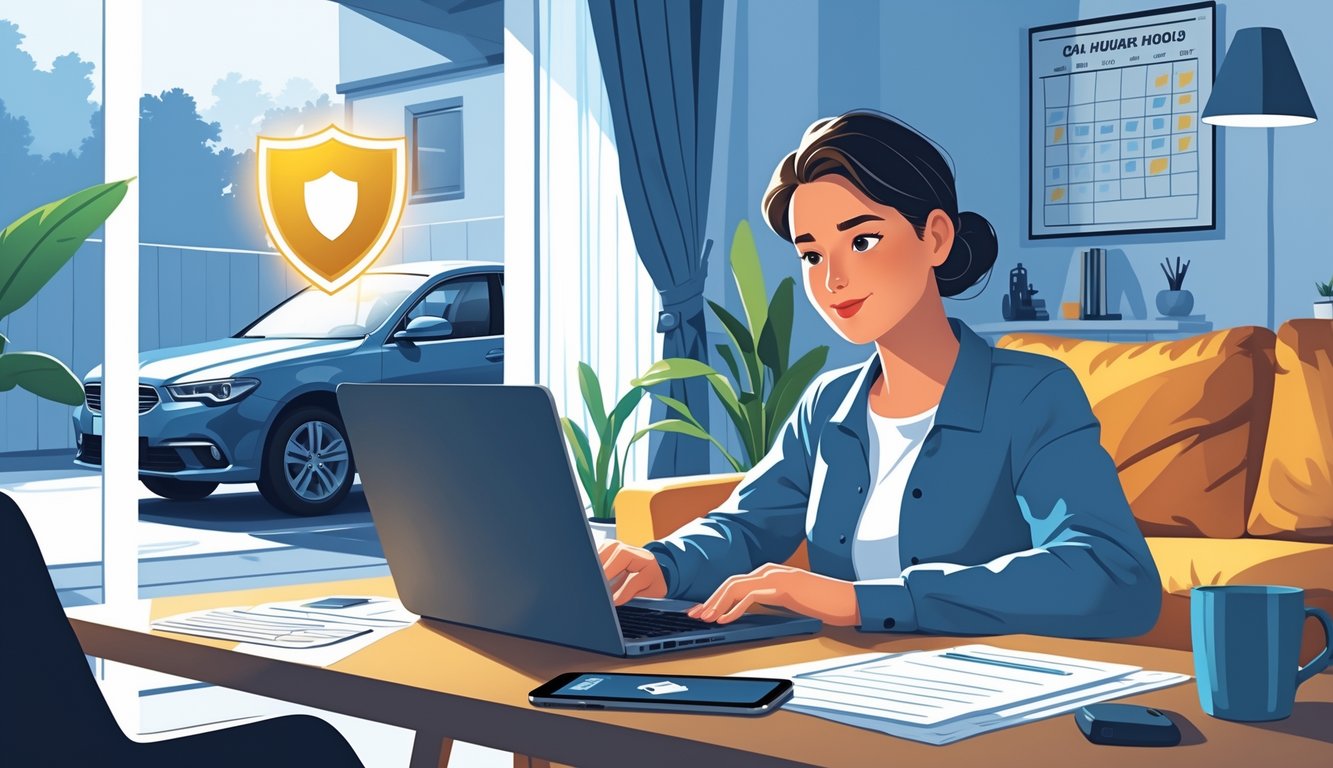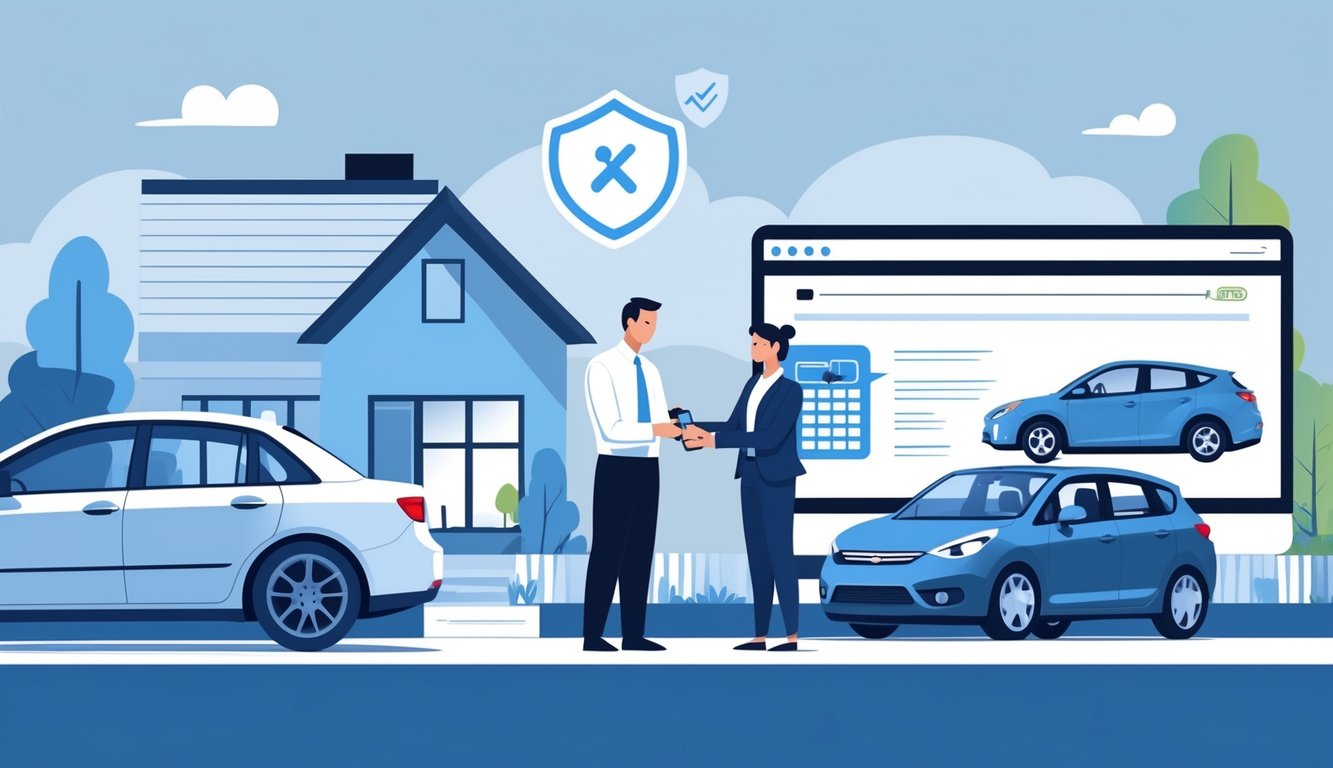
Escrow Services Explained
People keep telling me, “Just use escrow, it’s safe.” Eh, mostly? You pick a third party (make sure it’s real—there are fake escrow sites that look basically identical to legit ones), buyer gives them the money, and after you hand over the car, you get paid. Simple, except for all the fake escrow pages out there. Some of these scam sites look so real it’s honestly impressive, in a sad way.
My buddy almost sent his car title to a website registered last month, with a “customer service” number that only worked during Icelandic business hours. Exotic, sure, but not for a Civic. Real escrow (big names, double-checked by me at 2am) helps, but nothing’s perfect.
Checklist for escrow:
- Check the actual web address (no weird dashes or extra letters)
- Make sure it’s on official payment platforms
- Call them—emails lie, and sometimes the replies are so polite they feel fake
Risks with Financing Requests
Private buyer wants financing? That’s always a mess. They promise they’ll handle the loan, just need the car for a bit while “paperwork” happens. That’s when things get sketchy. Car disappears, money doesn’t show up. Watching someone unravel a sweater and pretending it’s fine.
Buyers sometimes mention “purchase protection programs” that don’t seem to exist, or claim their lender will pay after I sign over the title. Lenders move slow, deals drag out, sometimes the buyer “backs out” after the car’s already gone. My neighbor once handed over a spare key and a glove box full of parking tickets—no idea how that connects, but it didn’t help.
Red flags:
- Wants the car without paying in full
- Complicated or totally unofficial “protection” offers
- Suddenly changes the story after the paperwork starts
I’d rather just wait for payment to clear, even if that means checking my inbox for the world’s slowest confirmation email while drinking cold coffee.
Staying Safe When Meeting Buyers

People always say “be careful,” but then I’m out there in some random parking lot, wind in my face, trying not to look sketchy. Selling a car in person is never just “hand over the keys”—there’s always stuff I forget, stuff I wish I’d brought, and then I start wondering if I left the stove on.
Why Meet in Public Places
Last time, I picked this café with terrible Wi-Fi but cameras everywhere. That felt good enough. Letting buyers come to your house? I mean, even if you just cleaned, it’s a risk. Why give a stranger your address?
Public spots—supermarket lots, police stations—way better. Less chance of theft. I’ve seen those posts where someone invites a buyer home, and ten minutes later, stuff’s missing. Or the buyer brings friends, and they’re not there to check the tires. Parks during the day sound nice until you realize it’s just you and some birds. Grocery store at lunch? At least there are witnesses.
I once met someone in an ATM lobby. Weird, but there were cameras and people coming and going, so I felt…not invisible, at least.
The Role of Video Surveillance
Cameras creep me out sometimes, but honestly, I feel better when they’re there. Parking garages usually have them (probably to catch bad parking, but whatever). If they’re real, that’s a plus—fake cameras are just sad plastic birds.
Police station parking lot with cameras? That’s the dream. Nobody wants trouble there—except maybe the odd seagull. Even tiny bank lots have those old CCTVs, which is something, I guess.
My neighbor once set up a deal under a train bridge. Two guys in matching jackets showed up—honestly, that was enough for me. No cameras, no people, just echoes. Never again.
Bringing Proper Identification
Bring your driver’s license. Obvious, but I’ve forgotten it—twice, maybe on purpose once, no idea why. I want proof the buyer’s legit, and they should want proof I’m not some random scammer. Show me yours, I’ll show you mine—awkward but necessary.
Now I carry my license and the car title, sometimes in separate pockets (which, why?). If the buyer doesn’t bring ID, that’s a hard stop. Who gives their car to a stranger with no wallet? Not me. Or at least, I hope not.
One day, some guy tried to give me a library card as ID. What am I supposed to do with that? No ID, no deal. Almost left my keys in the hardware aisle that day. Wouldn’t have been the first time.
Test Drives: Reducing Liability and Loss

There’s always that weird pause—do I just hand my keys to someone I met ten minutes ago so they can “check the brakes?” Seems fine, until it’s not, and then I’m googling insurance at midnight, clutching coffee and a dying desk plant. Stuff gets lost: paperwork, awkwardness, sometimes actual cash.
Setting Ground Rules
I can’t count how many times I’ve stood by my car, watching a stranger poke around, wishing I’d worn my other hoodie. Gotta have rules, otherwise I’m just hoping for the best.
First thing—ask for a valid driver’s license. No license, no drive. Sometimes I snap a quick photo—always awkward, people blink like crazy. Here’s my mental checklist:
- Don’t leave anything valuable in the car (learned that with my gym bag, oops).
- Only let one person drive. Not running a clown car.
- Talk outside the car. My air freshener never forgave me for that one time.
Weirdest was the guy who insisted on playing his own playlist for the test drive. All polka. Why?
